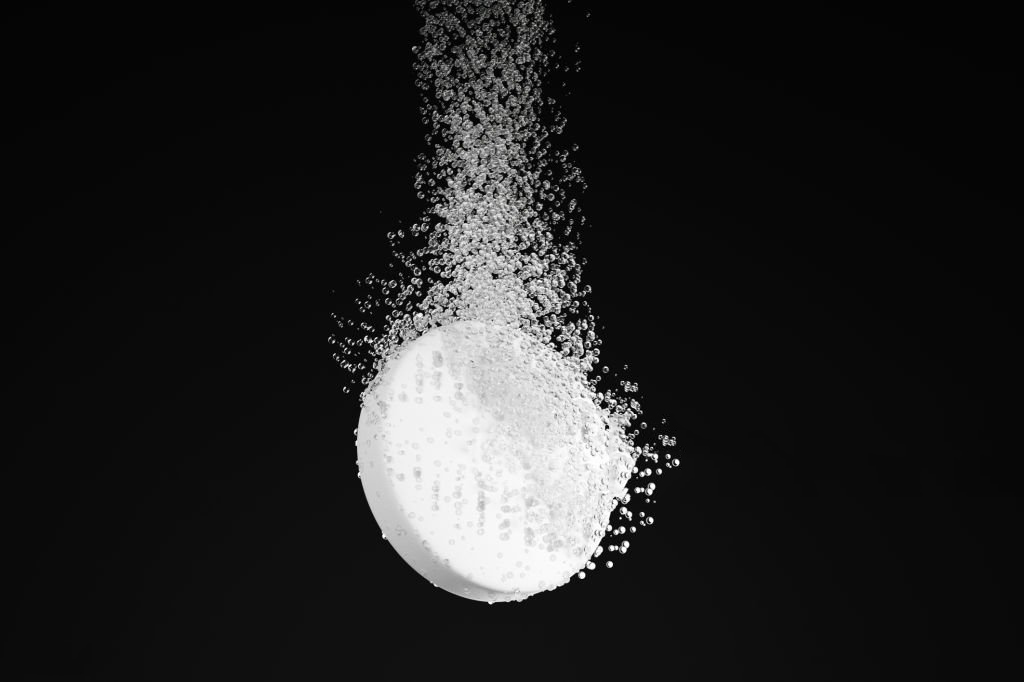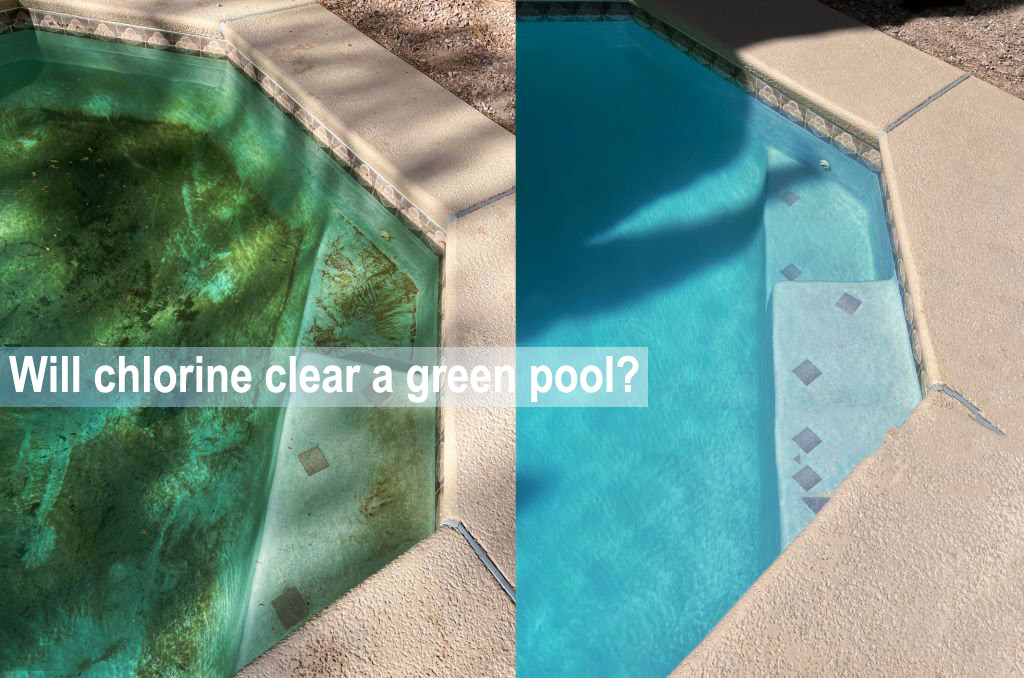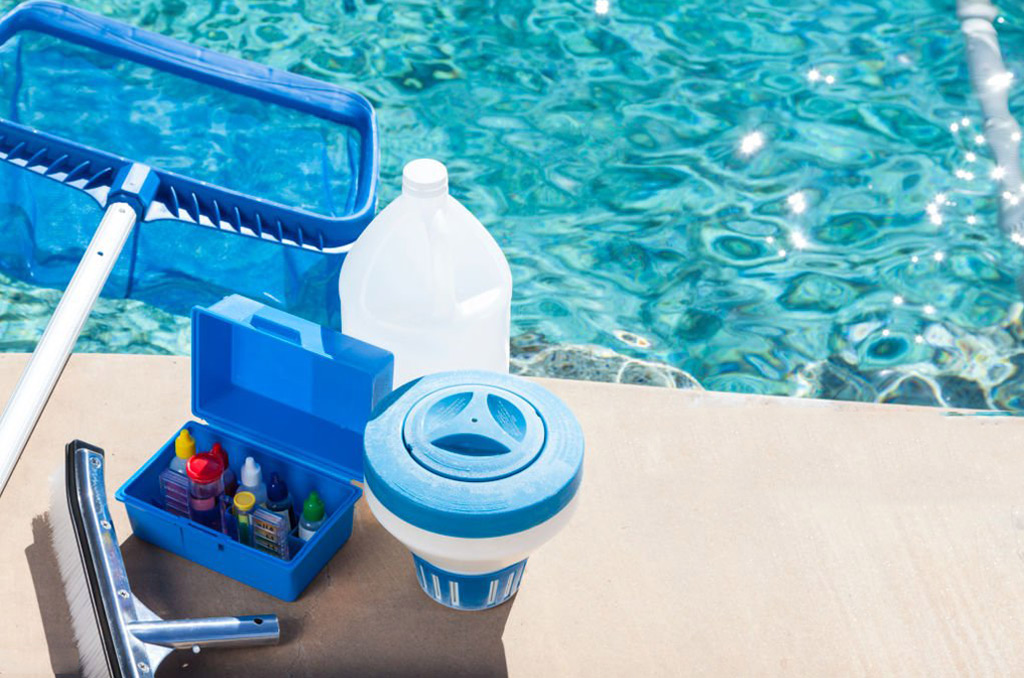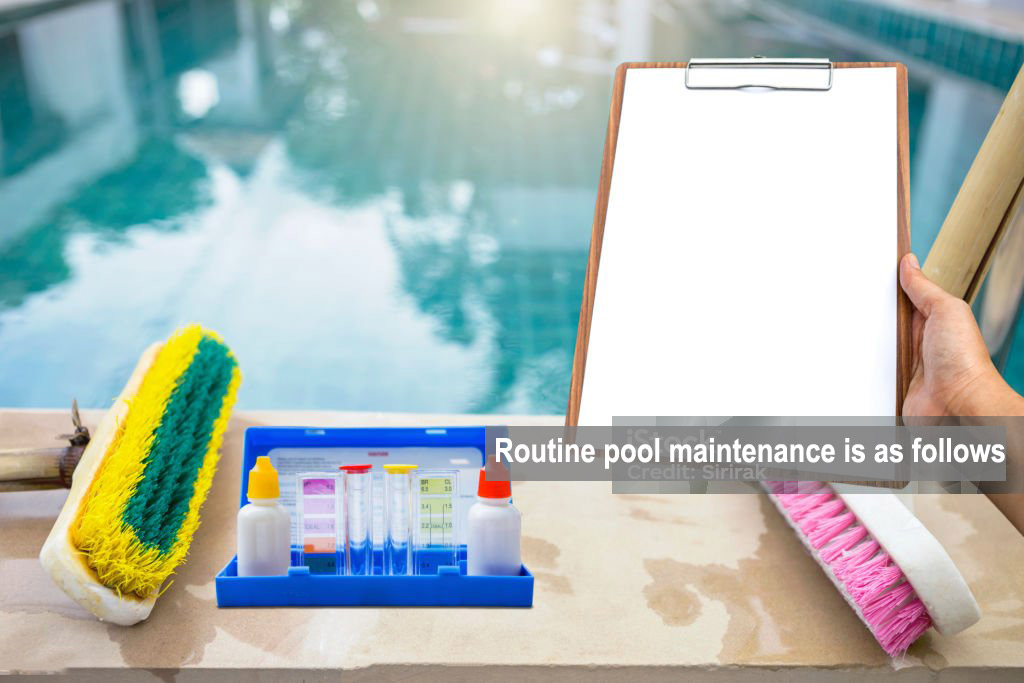As a professional pool disinfectant manufacturer, people often ask, "Why does the pool turn green?", "Can chlorine disinfectants kill algae?" The answer is yes. The greening of the pool is a problem that many pool owners will encounter. The culprit of the green color is usually algae. And chlorine, as the most common pool disinfectant, is often highly expected.
Why does the pool grow algae and turn green?
Heavy rain
If you have an outdoor pool and your area has had a lot of rainfall recently. This may be the cause of the green algae problem. The increased rainwater will change the chemical balance of the pool water,. And when it rains, it will wash the mud, fertilizer, even spores, and other impurities from the ground into the pool, consume the free chlorine, making the pool water more susceptible to bacterial and algae growth.
Heat Waves and Strong Sunshine
Warm water increases the likelihood of algae growth in the pool. If you are experiencing a heat wave, be sure to keep a close eye on your pool and clean it as scheduled.
Water Circulation Problems
Circulation is key to keeping your pool clean. Stagnant water provides opportunities for algae, bacteria and other contaminants to turn the pool green. Keep the pool pump clean, in good condition and running continuously to keep the water flowing.
Lack of Maintenance: Cleaning and Chemistry
Neglecting your pool is a recipe for disaster. As a pool owner, it is your responsibility to keep the water clean and algae-free through regular maintenance. This includes vacuuming, brushing, water testing, and chemical balancing.
Non-Algae Causes: Copper or other Metal Ions
Another reason your pool may turn green is due to high levels of copper or other Metal Ions
in the water. It is easy for a pool’s chemical balance to be disrupted, leading to full-blown problems. Regular testing and balancing can help avoid these problems.

How Chlorine Removes Green Algae
Chlorine is a strong oxidant that damages the cell walls of algae, making it unable to carry out its normal physiological activities and eventually causing death. In addition, chlorine oxidizes organic matter in the water and reduces the nutrient content in the water, which inhibits the growth of algae.
How to Remove Green Algae from a Pool with Chlorine?
Balance pH:
Test and adjust the pH to between 7.2 and 7.8.
Shock the Pool:
Do a high-dose chlorine shock treatment.
Add a large amount of sodium dichloroisocyanurate solution or the supernatant after calcium hypochlorite is dissolved and precipitated to make the chlorine concentration reach the requirements of shock chlorination (usually 5-10 times the normal concentration)
Remove Dead Algae:
Purpose: Remove dead algae to prevent them from causing secondary pollution.
Method: Use a vacuum cleaner or net bag to remove dead algae from the bottom and walls of the pool and filter them through the filtration system.
Clarify the Water:
Add clarifier to flocclute dead algae particles and make them easier to filter out.
Use Algaecide:
Add an algaecide suitable for your pool type. Keep the filter running continuously for 24 hours.
Routine pool maintenance is as follows:
Run the pump 8-12 hours per day
Check twice per week and ensure the pH is between 7.2-7.8
Check twice per day and ensure the free chlorine concentration is between 1.0-3.0 mg/L
Check and empty the skimmer collector twice per week and remove fallen leaves, insects and other debris from the water surface
Clean the pool wall or liner twice per week
Check the filter head once per week and backwash (if necessary)
Perform a comprehensive water quality test once per month (be sure to check the total alkalinity, hardness and stabilizer concentration)
Clean the filter once per three months and use a degreaser to remove oil stains in the filter.
Chlorine is an effective way to remove green pools, but various factors need to be considered, such as chlorine concentration, pH value, organic matter content, etc. It is best to consult a professional before performing shock chlorination. In addition, preventing algae growth is more important than removing algae. Through good maintenance, the water quality of the swimming pool can be kept clear and transparent.
Warning:
When using chlorine, always follow the instructions on the product manual.
Chlorine is irritating, so wear gloves and protective glasses when handling it.
If you are not familiar with pool water treatment, it is recommended to seek professional help.
Post time: Oct-18-2024



